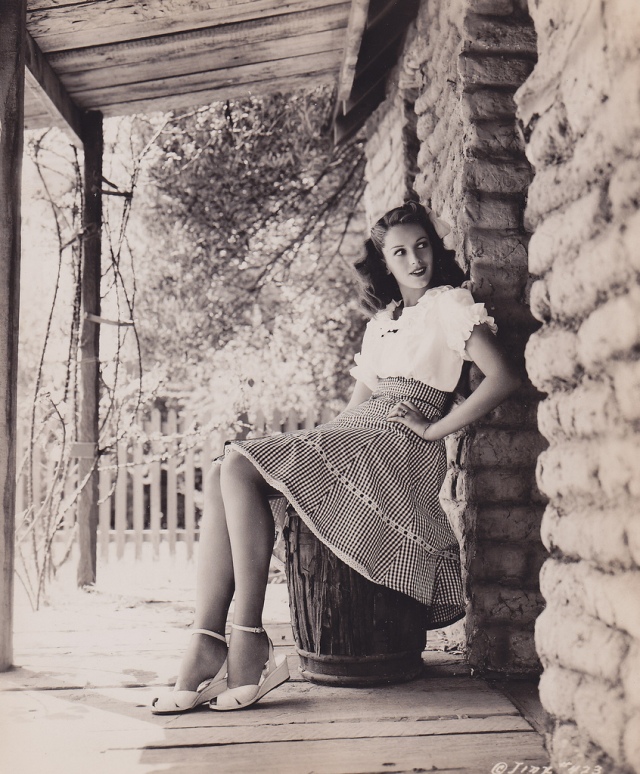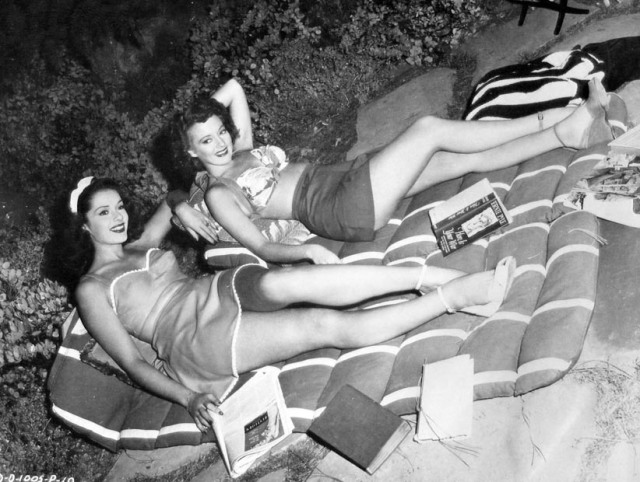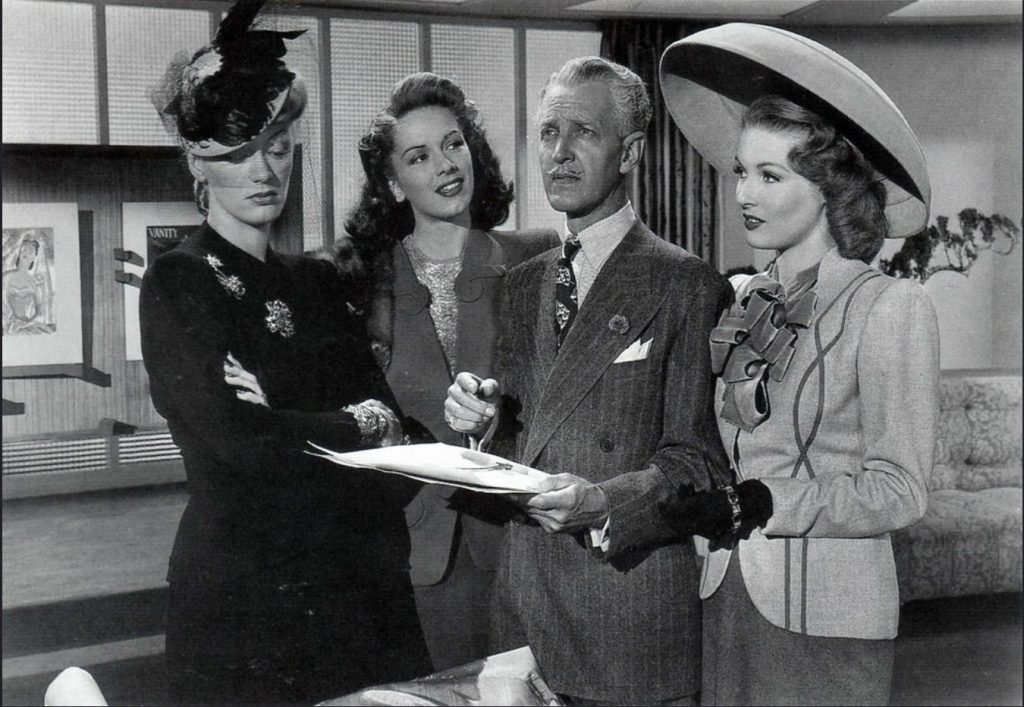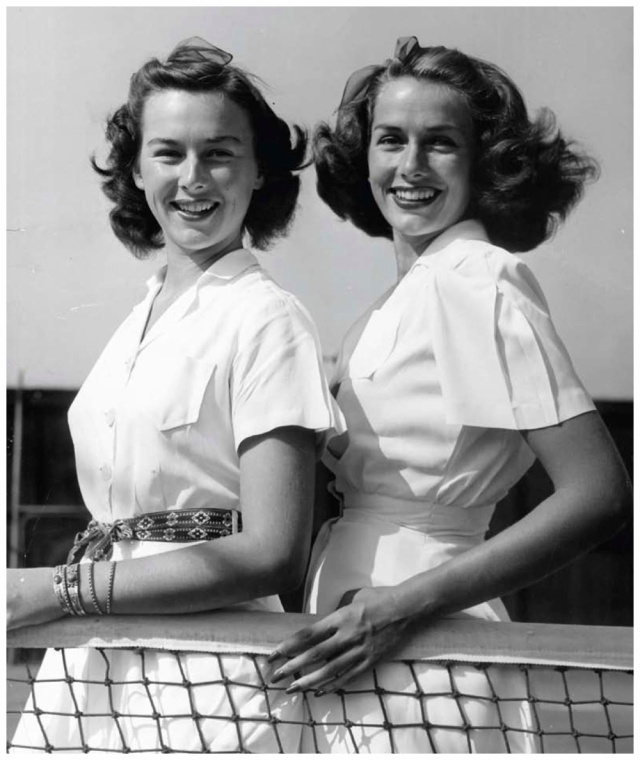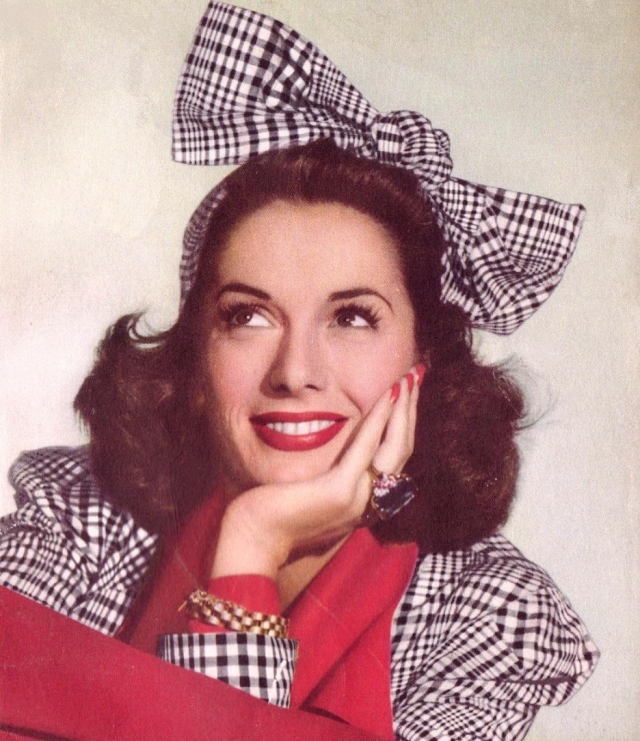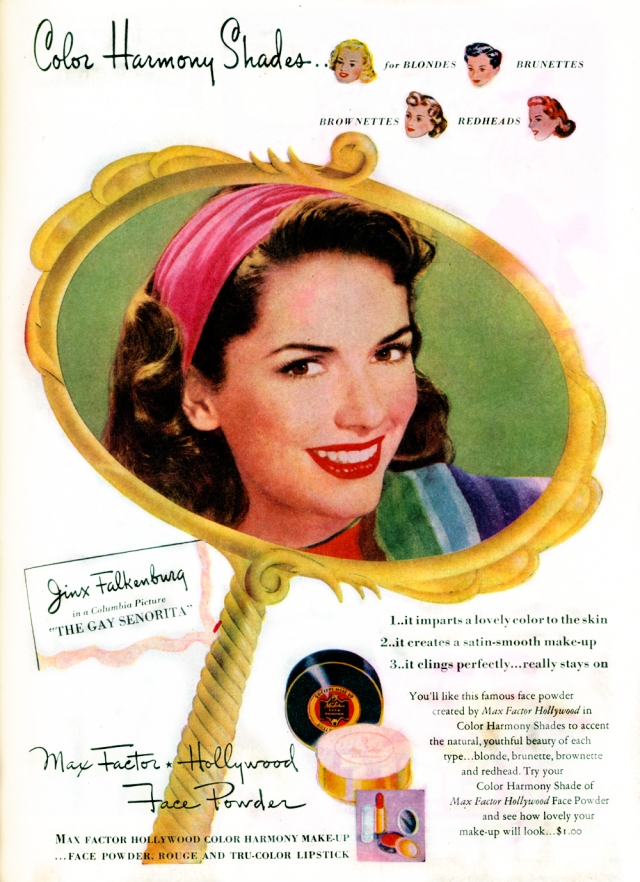Today’s Guest blogger is Elinor Florence, author of a new Canadian wartime novel called–Bird’s Eye View.
Bird’s Eye View tells the story of a young woman from the prairies whose home town becomes an air training base. Fired with patriotism, she joins the air force herself – one of 50,000 Canadian women who enlisted to support the fighting men.
Rose Jolliffe travels overseas and becomes an interpreter of aerial photographs, spying on the enemy from the sky, searching out bomb targets on the continent.
She keeps in touch with the home front through frequent letters from her mother. And throughout the war, she has a bird’s eye view of the Canadian experience — at Dieppe, in the skies over Germany, on the beaches of Normandy — and finally, when our country shared in the Allied victory.
This novel will appeal to vintage-lovers everywhere, because it’s just loaded with 1940s atmosphere. Since I know that Elinor did masses of research for her novel — gathering data on music, lifestyle, food, speech habits, and clothing — I asked her to describe what her heroine wore which is the bases of today’s post.
Guest Post By Elinor Florence
My heroine Rose Jolliffe is in the Air Force, so she naturally wears a uniform throughout the book.
But not just one uniform. She wears first the British, and then the Canadian air force uniform.
There’s a good reason for that. When war was declared in 1939, the Canadian government didn’t allow women to join the armed forces. It took two long years of lobbying before Parliament finally caved in and allowed women to join up.
But for the purposes of my novel, I wanted Rose to be in England before this happened, so I concocted a way for her to join the British Women’s Auxiliary Air Force instead.
So the first uniform that Rose wears in the book is a WAAF uniform. It looked like this: an air force blue serge jacket and skirt, with a pale blue shirt and black tie. The hat was also made of serge in the same colour.
Modelled after the men’s Royal Air Force uniforms, they weren’t particularly flattering unless you were tall and slender. You can see from the photo that the wide belt cinched around the waist and the patch pockets made some girls look like a sack of potatoes. If you had money, you could take your uniform to a tailor and have it altered. But most of the women just had to suffer.
Not only was it bulky, but the woollen fabric was thick and scratchy. Some girls sewed silk linings into their uniforms so they wouldn’t chafe.
The women wore blue-grey cotton stockings and black lace-up shoes. And they had to carry their gas mask bag at all times. (Some girls secretly ditched the gas mask after the bombing raids petered out, and used the bags for makeup and cigarettes).
The hat was also an object of derision. It was often called “the old pie crust” and was gathered on the top in full pleats. (I’ve never understood why they would want to waste fabric in this way, when clothing rations were in effect – but perhaps wool didn’t count since it didn’t have to be imported).
The underwear was equally unattractive. I couldn’t find a photograph, but it consisted of a cotton brassiere, a woolen undervest, and a pair of bloomers with elastic legs that the girls labeled “passion-killers,” or “blackouts.” Again many of the girls flouted the rules and wore their own underwear.
As my novel progresses, my heroine Rose transfers into the Royal Canadian Air Force, Women’s Division (called WDs for short).
Here’s how that came about: After Canada agreed to set up dozens of air bases across the country to train Commonwealth air crews, the British government requested permission to send WAAFs to Canada to work in our stations.
At that point the Canadian government reluctantly gave in and agreed that if there were going to be women on air bases, they might as well be Canadian!
So Parliament passed an act in July 1941 to allow women to join the RCAF – the first branch of the armed forces to accept women. (The army followed a month later, and then the navy a year later, in July 1942).
Naturally the Canadian branch modelled their uniforms after their British sisters, meaning at first they had a very similar uniform and hat to the WAAFs.
-Here’s a photograph of the RCAF pie crust, worn by Edna Bryanton in Toronto in January 1942.
And here’s a photograph of Dorothy Chapman (nicknamed “Chappy’) looking elegant in her WD uniform and pie crust hat – only someone so lovely could carry it off!
Their overshoes were sarcastically called “glamour boots,” because they were nothing more than hideous galoshes. Their shoes were serviceable black leather that had to be kept polished at all times.
One of the Canadian women named Doris Mae “Squeaky” McMullin remembers: “We used to polish the toes of our shoes with the back of our stockings when we were on parade. If there was a little dust, you’d see everybody, first one foot and then the other, go behind their leg to dust off the dust, make sure the polish was there!”
There were no pantyhose in those days, so the women had to wear garter belts to hold up those thick stockings. Since rubber was rationed, people had a hard time keeping their stockings up. I interviewed one veteran from Alberta named Lou Pound, who recalled the time her belt gave way and her stockings slid slowly to her ankles – while she was standing at attention on parade!
Since Canada is so cold much of the year, they were issued with some very nice warm greatcoats, like the ones shown here.
The women weren’t expected to wear their woollen uniforms all year round, so naturally they were eager to get their summer uniforms. These were not a great improvement – a lightweight cotton shirtwaist dress that had to be ironed, worn with the old pie crust!
-Here’s a photo of Laurie Theobald on the left and friends during basic training in Rockliffe, Ontario, in July 1943.
Fortunately, if they were working outside, they were allowed to wear their teddy bear suits – khaki overalls – like these four photographers heading off with their ridiculously heavy cameras.
Finally, the RCAF realized that the women’s morale was being affected by their unappealing uniforms. So they came up with a more stylish version, announced in January 1943: “The new uniform, planned and executed with the aid of Canada’s foremost dress designers, offers pointers in wartime chic, practicality and fabric thrift to every well-dressed woman.”
A pleat was added to the greatcoat, skirts were made in six gores, and the pleated patch pockets on the tunics were replaced by flat patch pockets. Compensating for the storage lost by the smaller pockets was a smart new leatherette shoulder bag.
The skirts allowed for more movement, as shown in this photo of unidentified telephone room personnel at work in St. John’s, Newfoundland.
Certainly Beryl McPhee looks a lot more glamorous in this photo taken at No. 6 Bombing and Gunnery School, RCAF Mountain View, near Belleville, Ontario.
But best of all was a new hat – smooth and trim, with a deep visor. Here’s a photo of an RCAF member named Louise Soles – you will agree that the hat is a vast improvement!
Once the Canadian government realized that women in the armed forces were an asset to the war effort, they began to recruit them actively. Altogether, more than seventeen thousand Canadian women served in the air force. Here’s a recruiting poster showing the new hat.
And after women in uniform became accepted by the general population, magazines like the Toronto Star Weekly began to feature illustrations on their covers, like this one from December 11, 1943. Note the snappy new hat!

When the RCAF first began to send women to England (and there were precious few of them, which was a sore point with Canadian women in uniform), they also allowed Canadians who were serving in the WAAFs overseas to transfer into the RCAF.
So naturally my heroine Rose jumps at the opportunity to serve with her own countrywomen. As an added bonus, she was also able to swap out her WAAF uniform for the smart new Canadian uniform!
And she couldn’t have been prouder – as were all the Canadian women, including this one named Nancy Lee from British Columbia – to wear the Canada badge on her shoulder, with the props underneath.
My heroine really did earn her props! As for her adventures overseas, both with the British and the Canadian Air Forces, you will just have to read the book to find out more.
*****
To read an excerpt of Elinor’s book, which she published on her own Wartime Wednesdays blog, click here: Bird’s Eye View Excerpt
About the Author:
Elinor Florence grew up on a farm in Saskatchewan, a former World War Two training airfield. She worked as a newspaper and magazine editor, and was a regular writer for Reader’s Digest before turning to fiction. Married with three grown daughters, Elinor lives in the tiny perfect mountain resort of Invermere, British Columbia. She loves village life, thrift stores, antiques, and old houses. You can read more about her at www.elinorflorence.com.
Further Reading:
- World War 2 Women’s Contributions & Homefront Posts
- The Canadian “Rosie the Riveter”-Veronica Foster
- The Bomb Girls Of Scarborough, Ontario Canada-As Seen Thru Vintage Photographs from the 1940s
- The Halifax, Nova Scotia Women Volunteers of WW2
- Canada’s WW2 Home Front Effort: The Small Arms Inspection Building
- Vintage Photo Tuesday: Canadian Women on the Home Front during WWII
- Vintage Photo Tuesday: Women of WW2 “Do Your Part!”
- Lets Play Ball! The All-American Girls’ Professional Baseball League
- “WW2 Air Force Uniforms for Canadian Women”-Guest Blog Post


















